 Epizootic Hemorrhagic Disease (EHD) has been confirmed as the cause of death in over 100 deer in southwestern Oregon, the Oregon Department of Fish and Wildlife announced last week. EHD had not been observed in this region of the state before. The finding was confirmed by Oregon State University’s Veterinary Diagnostic Lab.
Epizootic Hemorrhagic Disease (EHD) has been confirmed as the cause of death in over 100 deer in southwestern Oregon, the Oregon Department of Fish and Wildlife announced last week. EHD had not been observed in this region of the state before. The finding was confirmed by Oregon State University’s Veterinary Diagnostic Lab.
EHD is transmitted by gnats and causes disease in both deer and livestock. In this case, the diseased deer were black-tailed deer.
There have also been reports of more than 200 dead deer in two counties that are south of the EHD site, the press release says, but those deer where shown to have Adenovirus Hemorrhagic Disease (AHD), which is common in the area and spread through nose to nose contact.
Read the Oregon Department of Fish and Wildlife (ODFW) release here.
Photo: This black-tailed deer, which appears fatigued, died just a few days after this photo was taken. It was one of the deer that later tested positive for EHD. -Photo by ODFW-

 It has bird week here at State Wildlife Research News, but Environmental Health News is dedicating months to articles reflecting on birds and environmental health. The publication’s
It has bird week here at State Wildlife Research News, but Environmental Health News is dedicating months to articles reflecting on birds and environmental health. The publication’s 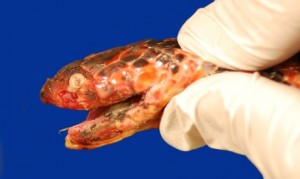 Snake Fungal Disease was identified in a mud snake found on the edge of a blackwater swamp near near Statesboro, Georgia, according to
Snake Fungal Disease was identified in a mud snake found on the edge of a blackwater swamp near near Statesboro, Georgia, according to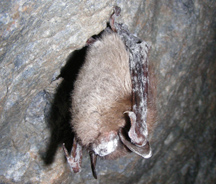 As the second state struck by white nose syndrome in bats, good news for Vermont’s bats is good news for all hibernating bats in North America. An Associated Press story reports that scientists are interpreting results of a winter-long study of bat movements in New England’s largest bat hibernation site as showing a sharp reduction in the number of bats felled by white nose syndrome.
As the second state struck by white nose syndrome in bats, good news for Vermont’s bats is good news for all hibernating bats in North America. An Associated Press story reports that scientists are interpreting results of a winter-long study of bat movements in New England’s largest bat hibernation site as showing a sharp reduction in the number of bats felled by white nose syndrome.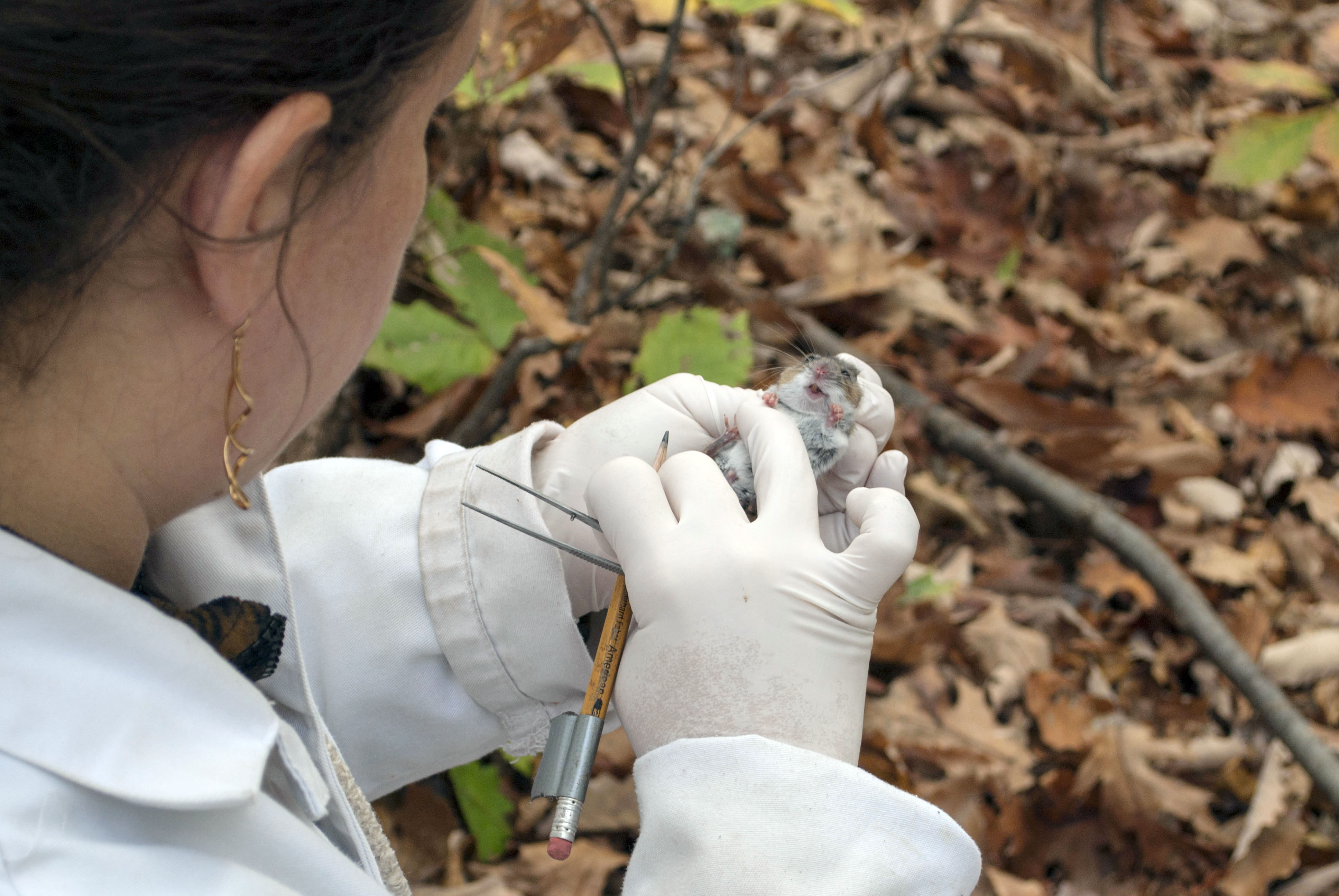 The ticks that carry Lyme disease, black-legged ticks or deer ticks, do not appear to harm their white-footed mice hosts, a paper in press in the journal Ecology says. In fact, the research found, a larger tick load correlated with a longer life in male mice.
The ticks that carry Lyme disease, black-legged ticks or deer ticks, do not appear to harm their white-footed mice hosts, a paper in press in the journal Ecology says. In fact, the research found, a larger tick load correlated with a longer life in male mice.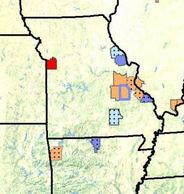 Sorry for the double dose of white nose syndrome (WNS) news, but I didn’t want this to get lost in yesterday’s post on the the new WNS protocol, even though it was included in the same
Sorry for the double dose of white nose syndrome (WNS) news, but I didn’t want this to get lost in yesterday’s post on the the new WNS protocol, even though it was included in the same 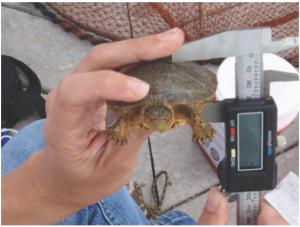 Why are western pond turtle populations declining? The focus has been on habitat decline and competition from non-native red-eared sliders. Recently, researchers from University of California at Davis, California Department of Fish and Wildlife and US Fish and Wildlife Service teamed up for the first study of western pond turtle diseases.
Why are western pond turtle populations declining? The focus has been on habitat decline and competition from non-native red-eared sliders. Recently, researchers from University of California at Davis, California Department of Fish and Wildlife and US Fish and Wildlife Service teamed up for the first study of western pond turtle diseases.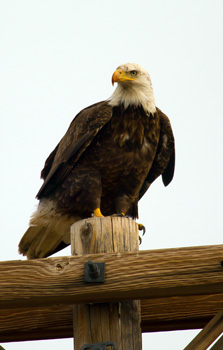 A Utah Division of Wildlife Resources press release
A Utah Division of Wildlife Resources press release